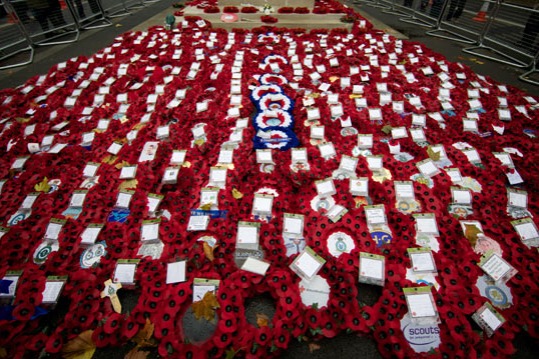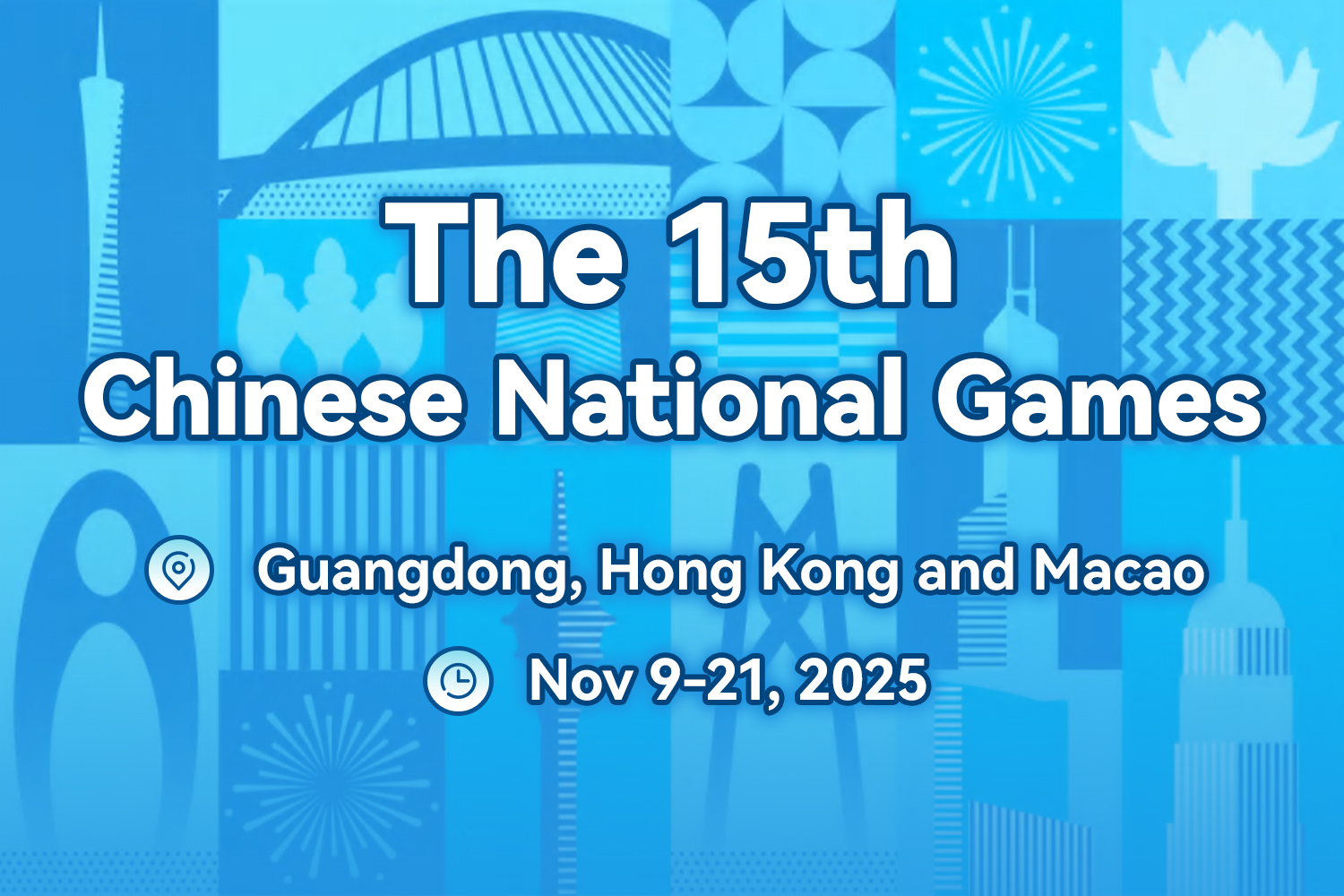A slice of Manchu history

| The Imperial Palace in Shenyang is a must-see for travelers from home and abroad. Provided to China Daily |
| A performance at the palace provides a glimpse of imperial flair. Provided to China Daily |
| Sartorial splendor on display at the palace. Provided to China Daily |
| Visitors at the palace during Spring Festival. Provided to China Daily |
Imperial Palace gives a glimpse of a rich historical heritage 
Located in Shenyang Road, Shenhe District, and adjacent to busy Zhong Street is the Shenyang Imperial Palace, a must-see for travelers interested in history.
The palace is the second-largest and well-preserved ancient palace complex in China after the Palace Museum in Beijing. Last year, it attracted 1.28 million tourists, 25 percent being from abroad.
The 72-hour visa-free stay scheme launched by the local government is expected to attract foreign travelers from more than 45 countries.
That means it is easier for overseas travelers to experience world cultural heritage, and learn more about the birthplace of the Qing Dynasty (1644-1911).
Built in 1625, the palace covers more than 60,000 square meters and was the residence as well as the administrative block of Nurhaci and his son, Hong Taiji, the founders of the dynasty.
Shenyang was later used as an accompanying capital after the dynasty moved its capital to Beijing in 1644. Although it is much smaller than the Imperial Palace in Beijing, it reveals much about the Man ethnic group that constructed it.
For example, chimneys were set on the ground rather than on rooftops. To create a sense of security for the royal family, its housing and that of the emperor's concubines were elevated from the main hall to make it easier to spot potential attackers.
The sign at the library entrance is written in Chinese and Manchu, but the Manchu script is placed on the left side, the position of greater importance. That differs from signs at the Imperial Palace.
Green is also a big part of the palace's color scheme, to commemorate the grasslands from which the Manchu tribes originated.
There are also performances about imperial lifestyle, including royal weddings and excerpts of Peking Opera.
liuce@chinadaily.com.cn
(China Daily European Weekly 04/11/2014 page18)
Today's Top News
- Xi calls for promoting volunteer spirit to serve national rejuvenation
- Xi chairs CPC meeting to review report on central discipline inspection
- Reunification will only make Taiwan better
- Outline of Xi's thought on strengthening military published
- Targeted action plan to unleash consumption momentum
- Separatist plans of Lai slammed


































